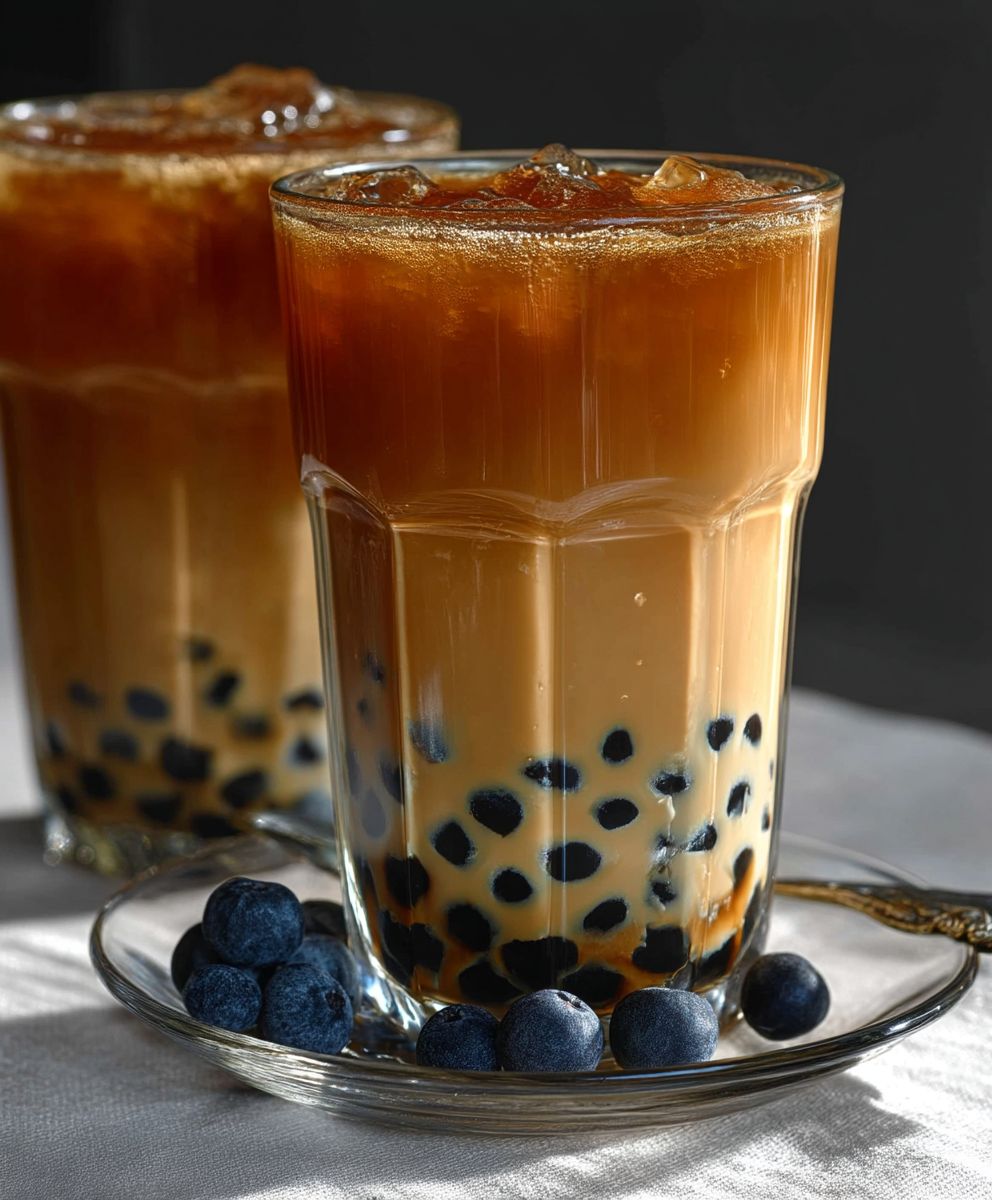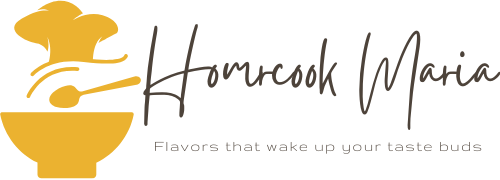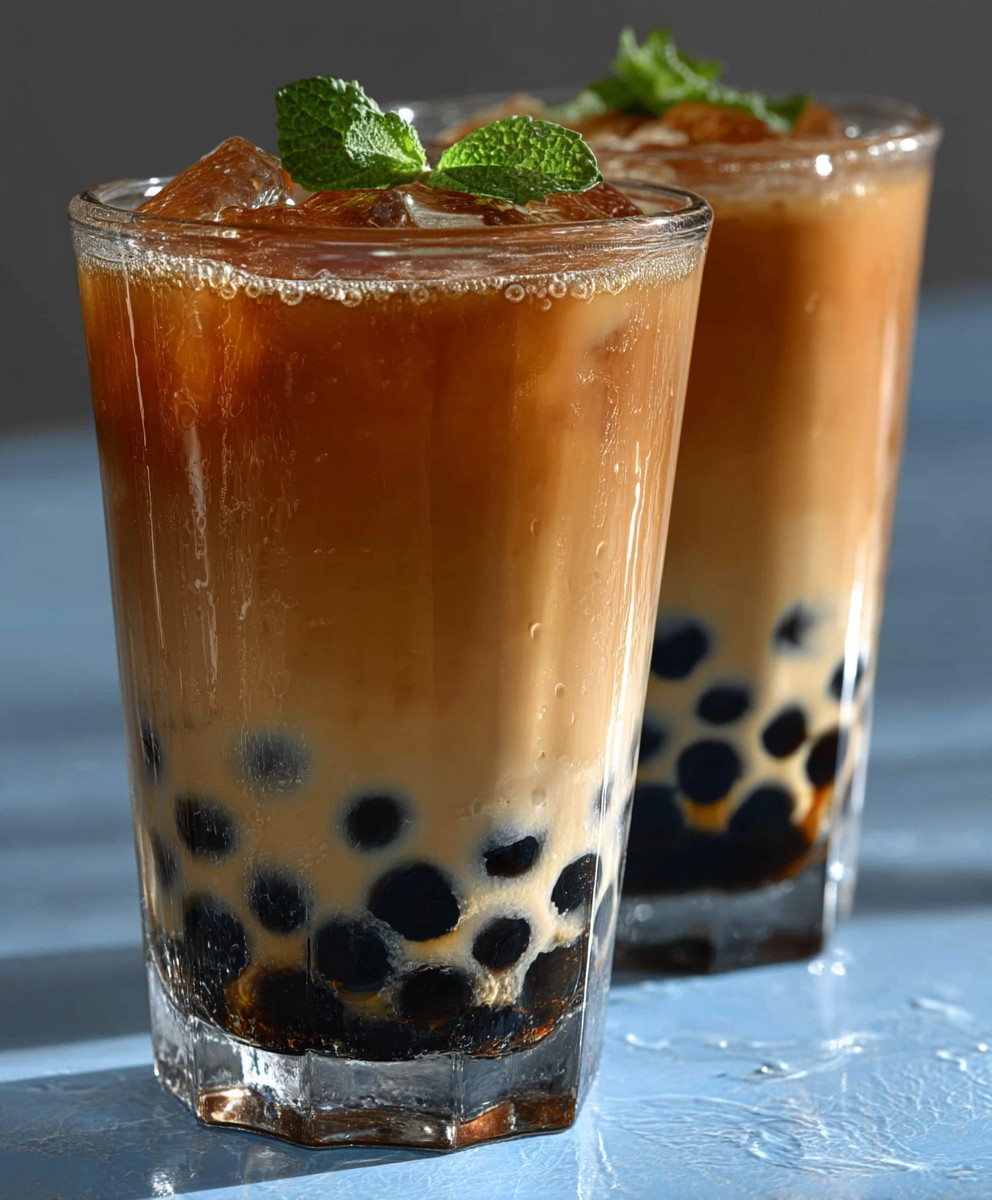Bubble Tea, that delightful concoction of tea, milk, and chewy tapioca pearls, has taken the world by storm! Have you ever wondered about the magic behind this globally loved beverage? It’s more than just a drink; it’s an experience, a burst of flavor and texture that dances on your palate. I remember the first time I tried it the unexpected pop of the tapioca pearls combined with the creamy sweetness was an instant addiction.
Originating in Taiwan in the 1980s, Bubble Tea, also known as boba tea or pearl milk tea, quickly became a cultural phenomenon. Tea stands began experimenting with different flavors and toppings, leading to the incredible variety we see today. Its a testament to the power of culinary innovation and the human desire for something both comforting and exciting.
What makes bubble tea so irresistible? Perhaps it’s the customizable nature you can choose your tea base, milk type, sweetness level, and an array of toppings. Or maybe it’s the unique texture contrast between the smooth liquid and the chewy pearls. Whatever the reason, this drink has captured the hearts (and taste buds) of millions. Join me as we delve into the secrets of making the perfect bubble tea at home, so you can enjoy this delightful treat whenever the craving strikes!
Ingredients:
- For the Boba (Tapioca Pearls):
- 1 cup tapioca starch (also known as tapioca flour)
- ¾ cup boiling water
- ¼ cup brown sugar (or more, to taste)
- For the Tea Base:
- 4 cups water
- 4 black tea bags (or loose leaf equivalent) – Assam or Ceylon recommended
- For the Milk Mixture:
- 1 cup milk (dairy or non-dairy, your preference!)
- 2-4 tablespoons sweetener (sugar, honey, simple syrup, condensed milk – adjust to taste)
- Optional Add-ins:
- Ice cubes
- Brown sugar syrup (for coating the boba)
- Flavored syrups (vanilla, caramel, etc.)
- Whipped cream
Making the Boba (Tapioca Pearls):
Okay, let’s tackle the boba first. This is probably the trickiest part, but don’t worry, I’ll guide you through it. The key is working quickly and efficiently!
- Prepare the Dough: In a heat-safe bowl, slowly pour the boiling water over the tapioca starch. Stir constantly with a spoon or spatula. It will initially look clumpy, but keep stirring!
- Knead the Dough: Once the mixture has cooled enough to handle (but is still warm!), turn it out onto a lightly tapioca-floured surface. Knead the dough until it forms a smooth, slightly sticky ball. If the dough is too dry, add a tiny bit more boiling water, a teaspoon at a time. If it’s too sticky, add a little more tapioca starch.
- Add Brown Sugar: Incorporate the brown sugar into the dough by kneading it in. This will give the boba its characteristic color and flavor.
- Shape the Boba: This is where the patience comes in! Pinch off small pieces of dough (about ¼ inch in diameter). Roll each piece between your palms to form a small, round ball. It’s important to keep the dough covered with a damp cloth or plastic wrap while you’re working to prevent it from drying out. Dried-out dough will crack and make the boba less chewy.
- Dust the Boba: As you form the boba, toss them in a bowl with tapioca starch to prevent them from sticking together. Shake off any excess starch before cooking.
- Cook the Boba: Bring a large pot of water to a rolling boil. Gently add the boba to the boiling water. They will initially sink to the bottom, but they will float to the surface as they cook.
- Cook Until Translucent: Cook the boba for about 15-20 minutes, or until they are mostly translucent with a small, opaque center. Stir occasionally to prevent them from sticking to the bottom of the pot. The cooking time may vary depending on the size of your boba.
- Rest and Soak: Turn off the heat, cover the pot, and let the boba sit in the hot water for another 15-20 minutes. This allows them to fully cook and become perfectly chewy.
- Rinse and Sweeten: Drain the boba and rinse them under cold water to stop the cooking process. This also removes excess starch. Transfer the boba to a bowl and add brown sugar syrup (or a simple syrup made with equal parts sugar and water, heated until the sugar dissolves) to sweeten them. The syrup will also prevent them from sticking together. Let them soak in the syrup for at least 30 minutes before serving. This allows them to absorb the sweetness and become even more flavorful.
Brewing the Tea Base:
While the boba are soaking, let’s get the tea ready. This is super easy!
- Heat the Water: Bring 4 cups of water to a boil in a saucepan.
- Steep the Tea: Remove the saucepan from the heat and add the tea bags (or loose leaf tea). Let the tea steep for 3-5 minutes, depending on your desired strength. I personally prefer a stronger tea flavor, so I usually steep for the full 5 minutes.
- Remove Tea Bags: Remove the tea bags (or strain the loose leaf tea) and discard.
- Cool the Tea: Allow the tea to cool completely. You can speed up this process by placing it in the refrigerator. I usually brew the tea ahead of time and keep it chilled for the best flavor.
Assembling the Bubble Tea:
Now for the fun part putting it all together!
- Prepare Your Glass: Grab your favorite glass or bubble tea cup.
- Add Boba: Spoon a generous amount of cooked boba into the bottom of the glass. The amount is really up to you, but I usually go for about ¼ to ½ cup.
- Add Ice: Fill the glass with ice cubes.
- Pour in Tea: Pour the cooled tea over the ice.
- Add Milk Mixture: Add the milk and sweetener to the glass. Adjust the amount of sweetener to your liking. I usually start with 2 tablespoons and then add more if needed.
- Stir Well: Stir everything together until well combined.
- Customize (Optional): If you’re feeling fancy, you can add flavored syrups, whipped cream, or other toppings.
- Enjoy! Insert a wide straw (specifically designed for bubble tea) and enjoy your homemade bubble tea!
Tips and Tricks for Perfect Boba:
Making boba can be a bit of a learning curve, so here are some extra tips to help you succeed:
- Use High-Quality Tapioca Starch: The quality of the tapioca starch can affect the texture of the boba. Look for a brand that is finely ground and pure.
- Work Quickly: Tapioca dough dries out quickly, so it’s important to work efficiently. Keep the dough covered while you’re shaping the boba.
- Don’t Overcook the Boba: Overcooked boba will be mushy. Cook them until they are mostly translucent with a small, opaque center.
- Adjust Sweetness to Your Liking: The amount of sweetener you use is entirely up to you. Experiment with different sweeteners and amounts until you find your perfect balance.
- Store Uncooked Boba Properly: If you’re not planning to cook all of the boba at once, you can freeze the uncooked boba. Spread them out on a baking sheet lined with parchment paper and freeze them until solid. Then, transfer them to a freezer bag. Cook them directly from frozen, adding a few extra minutes to the cooking time.
- Fresh Boba is Best: Boba is best enjoyed fresh. They tend to get hard and lose their chewiness after a few hours. If you have leftover boba, store them in an airtight container in the refrigerator. You can try reheating them in the microwave for a few seconds to soften them up, but they won’t be quite as good as fresh.
Variations and Flavor Ideas:
Once you’ve mastered the basic bubble tea recipe, you can start experimenting with different flavors and variations. Here are a few ideas to get you started:
- Fruit Bubble Tea: Add fruit purees or juices to the tea base for a fruity twist. Mango, strawberry, and passion fruit are all popular choices.
- Taro Bubble Tea: Use taro powder or puree to create a creamy, purple-hued bubble tea.
- Matcha Bubble Tea: Add matcha powder to the milk mixture for a vibrant green and earthy bubble tea.
- Coffee Bubble Tea: Replace the tea base with coffee for a caffeinated treat.
- Brown Sugar Bubble Tea: Coat the inside of the glass with brown sugar syrup before adding the boba and tea for an extra layer of sweetness and flavor.
- Thai Bubble Tea: Use Thai tea mix to create a sweet and spicy bubble tea.
- Winter Melon Bubble Tea: Use winter melon syrup for a refreshing and subtly sweet flavor.
Choosing Your Milk and Sweetener:
The type of milk and sweetener you use can significantly impact the flavor and texture of your bubble tea. Here’s a breakdown of some popular options:
Milk Options:
- Dairy Milk: Whole milk will give you the cre

Conclusion:
So, there you have it! This isn’t just another recipe; it’s your passport to crafting the perfect, customizable, and utterly delightful bubble tea experience right in your own kitchen. I truly believe this recipe is a must-try for a few key reasons. First, it’s incredibly adaptable. Whether you’re a purist who loves the classic milk tea flavor or an adventurous soul eager to experiment with fruity infusions, this recipe provides the perfect foundation. Second, it’s surprisingly easy. Forget complicated brewing methods or hard-to-find ingredients; this guide breaks down the process into simple, manageable steps, making it accessible to even the most novice home barista. And third, let’s be honest, who can resist the allure of those chewy tapioca pearls swimming in a sweet, refreshing drink? It’s pure joy in a cup!
But the fun doesn’t stop there! Think of this recipe as a starting point for your own bubble tea journey.
Serving Suggestions & Variations:
* Classic Milk Tea: Stick to the recipe as is for a timeless favorite.
* Fruity Fun: Infuse your tea with fruit purees like mango, strawberry, or passion fruit for a vibrant twist. Consider adding a splash of fruit syrup for extra sweetness and flavor.
* Iced Coffee Bubble Tea: Replace the tea with chilled coffee for a caffeinated kick. A mocha version with chocolate syrup would be divine!
* Vegan Delight: Substitute dairy milk with your favorite plant-based alternative, such as almond, soy, or oat milk. Ensure your tapioca pearls are vegan-friendly as some may contain gelatin.
* Sweetness Level: Adjust the amount of sweetener to your liking. Start with a smaller amount and add more until you reach your desired sweetness. You can use sugar, honey, agave nectar, or even sugar-free alternatives.
* Toppings Galore: Don’t limit yourself to just tapioca pearls! Experiment with other toppings like popping boba, jellies (grass jelly, coconut jelly), or even a scoop of ice cream for an extra indulgent treat.
* Tea Time: While black tea is the traditional choice, feel free to experiment with other tea varieties like green tea, oolong tea, or even herbal infusions. Each tea will impart a unique flavor profile to your bubble tea.
* Presentation is Key: Serve your bubble tea in a tall glass with a wide straw to fully enjoy the tapioca pearls. Garnish with a slice of fruit or a sprig of mint for an extra touch of elegance.I’m genuinely excited for you to try this recipe and discover the magic of homemade bubble tea. It’s a fun, creative, and delicious way to quench your thirst and impress your friends and family.
So, go ahead, gather your ingredients, and get ready to embark on a bubble tea adventure! I’m confident that you’ll be amazed at how easy and rewarding it is to create your own personalized version of this beloved beverage.
And most importantly, I’d love to hear about your experience! Did you try any of the variations? What were your favorite flavor combinations? Share your photos and stories in the comments below. Let’s create a community of bubble tea enthusiasts and inspire each other with our delicious creations. Happy brewing! I can’t wait to see what you come up with! Remember, the best bubble tea is the one you make yourself, tailored perfectly to your own taste. Enjoy!
Bubble Tea: Your Ultimate Guide to Flavors, Recipes, and Health Benefits
Make your own delicious and chewy bubble tea at home! This recipe guides you through making the boba pearls, brewing the tea, and assembling the perfect glass.
Ingredients
- 1 cup tapioca starch (also known as tapioca flour)
- ¾ cup boiling water
- ¼ cup brown sugar (or more, to taste)
- 4 cups water
- 4 black tea bags (or loose leaf equivalent) – Assam or Ceylon recommended
- 1 cup milk (dairy or non-dairy, your preference!)
- 2-4 tablespoons sweetener (sugar, honey, simple syrup, condensed milk – adjust to taste)
- Ice cubes
- Brown sugar syrup (for coating the boba)
- Flavored syrups (vanilla, caramel, etc.)
- Whipped cream
Instructions
- Prepare the Dough: In a heat-safe bowl, slowly pour the boiling water over the tapioca starch. Stir constantly with a spoon or spatula. It will initially look clumpy, but keep stirring!
- Knead the Dough: Once the mixture has cooled enough to handle (but is still warm!), turn it out onto a lightly tapioca-floured surface. Knead the dough until it forms a smooth, slightly sticky ball. If the dough is too dry, add a tiny bit more boiling water, a teaspoon at a time. If it’s too sticky, add a little more tapioca starch.
- Add Brown Sugar: Incorporate the brown sugar into the dough by kneading it in. This will give the boba its characteristic color and flavor.
- Shape the Boba: Pinch off small pieces of dough (about ¼ inch in diameter). Roll each piece between your palms to form a small, round ball. It’s important to keep the dough covered with a damp cloth or plastic wrap while you’re working to prevent it from drying out. Dried-out dough will crack and make the boba less chewy.
- Dust the Boba: As you form the boba, toss them in a bowl with tapioca starch to prevent them from sticking together. Shake off any excess starch before cooking.
- Cook the Boba: Bring a large pot of water to a rolling boil. Gently add the boba to the boiling water. They will initially sink to the bottom, but they will float to the surface as they cook.
- Cook Until Translucent: Cook the boba for about 15-20 minutes, or until they are mostly translucent with a small, opaque center. Stir occasionally to prevent them from sticking to the bottom of the pot. The cooking time may vary depending on the size of your boba.
- Rest and Soak: Turn off the heat, cover the pot, and let the boba sit in the hot water for another 15-20 minutes. This allows them to fully cook and become perfectly chewy.
- Rinse and Sweeten: Drain the boba and rinse them under cold water to stop the cooking process. This also removes excess starch. Transfer the boba to a bowl and add brown sugar syrup (or a simple syrup made with equal parts sugar and water, heated until the sugar dissolves) to sweeten them. The syrup will also prevent them from sticking together. Let them soak in the syrup for at least 30 minutes before serving. This allows them to absorb the sweetness and become even more flavorful.
- Heat the Water: Bring 4 cups of water to a boil in a saucepan.
- Steep the Tea: Remove the saucepan from the heat and add the tea bags (or loose leaf tea). Let the tea steep for 3-5 minutes, depending on your desired strength.
- Remove Tea Bags: Remove the tea bags (or strain the loose leaf tea) and discard.
- Cool the Tea: Allow the tea to cool completely. You can speed up this process by placing it in the refrigerator.
- Prepare Your Glass: Grab your favorite glass or bubble tea cup.
- Add Boba: Spoon a generous amount of cooked boba into the bottom of the glass. The amount is really up to you, but I usually go for about ¼ to ½ cup.
- Add Ice: Fill the glass with ice cubes.
- Pour in Tea: Pour the cooled tea over the ice.
- Add Milk Mixture: Add the milk and sweetener to the glass. Adjust the amount of sweetener to your liking.
- Stir Well: Stir everything together until well combined.
- Customize (Optional): If you’re feeling fancy, you can add flavored syrups, whipped cream, or other toppings.
- Enjoy! Insert a wide straw (specifically designed for bubble tea) and enjoy your homemade bubble tea!
Notes
- Use high-quality tapioca starch for the best boba texture.
- Work quickly when making the boba, as the dough dries out fast. Keep it covered.
- Don’t overcook the boba; cook until mostly translucent with a small opaque center.
- Adjust the sweetness to your preference.
- Store uncooked boba in the freezer if not using immediately.
- Fresh boba is best; they can harden after a few hours.
- Experiment with different flavors and variations like fruit, taro, matcha, or coffee bubble tea.
- Consider brown sugar bubble tea, Thai bubble tea, or winter melon bubble tea.
- Choose your milk and sweetener based on your preferences.

